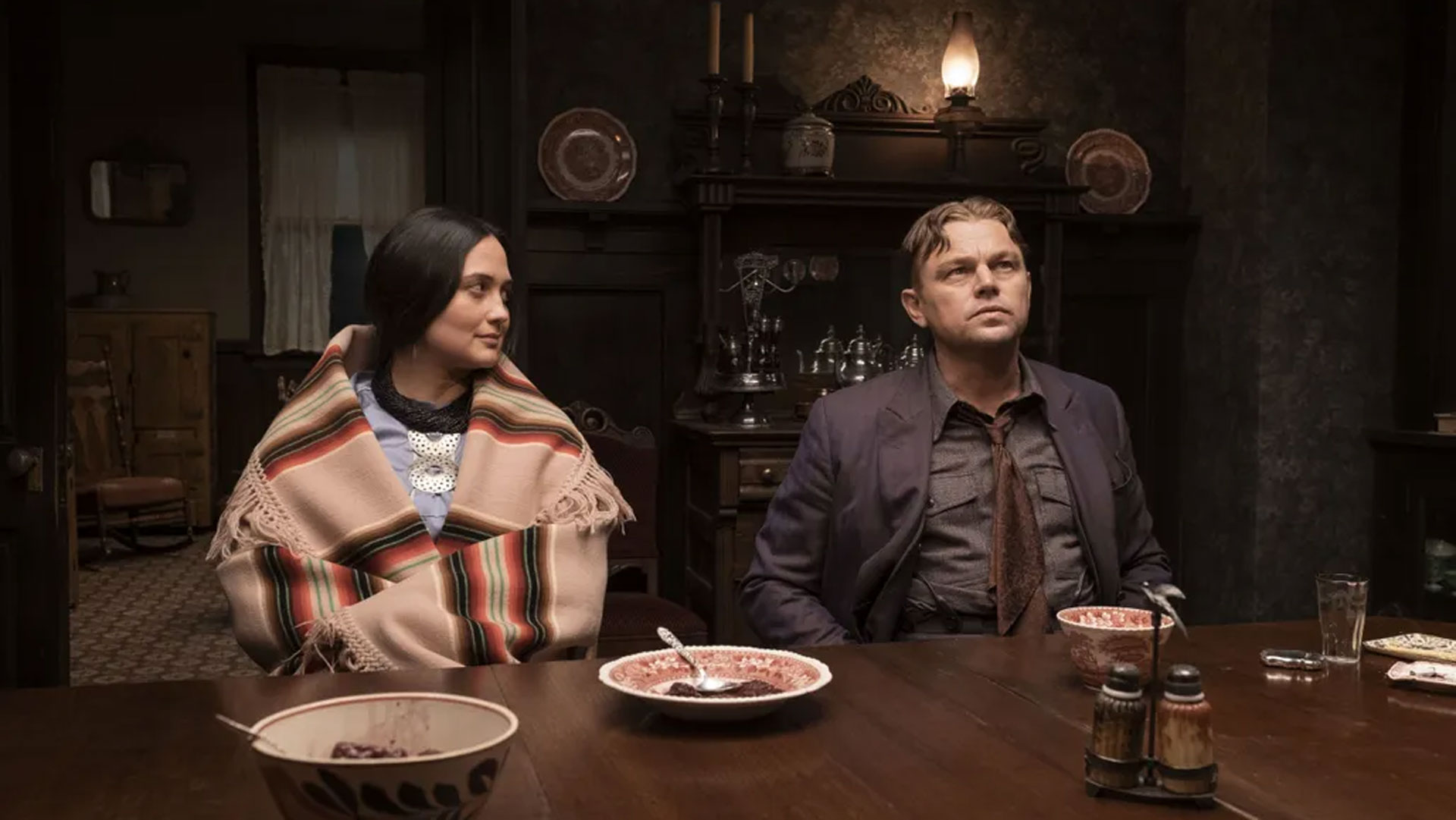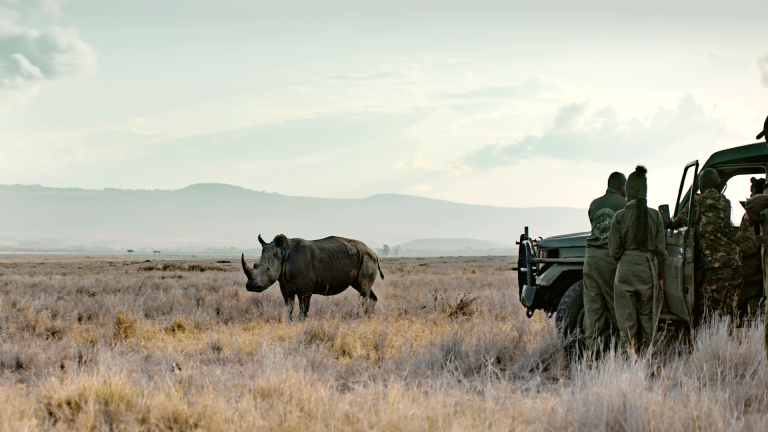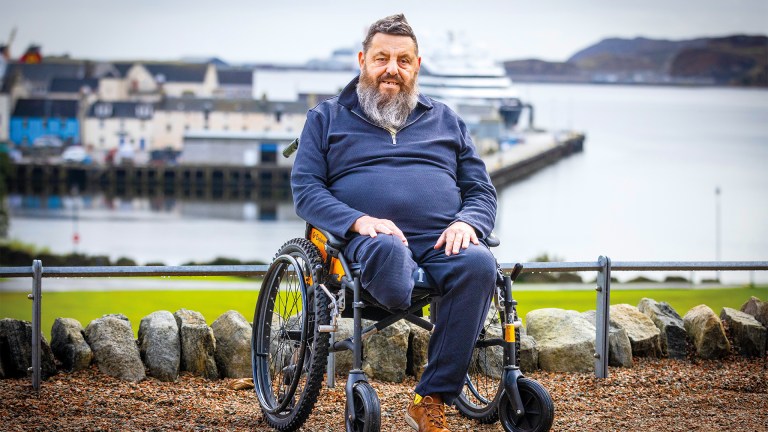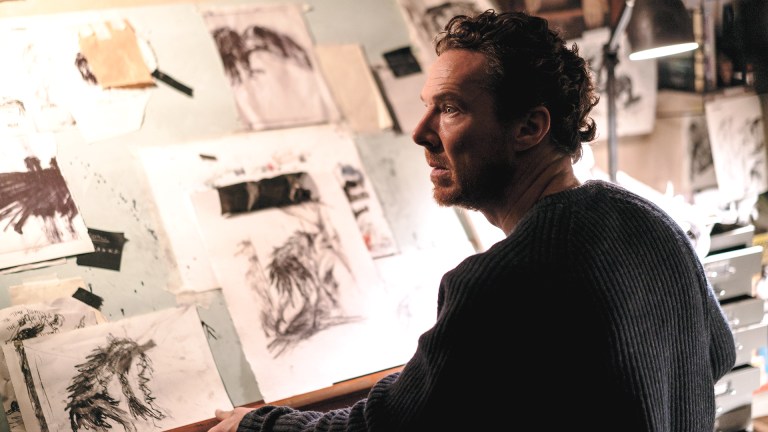The 206 minute runtime of Killers of the Flower Moon – Martin Scorsese’s 26th feature film, and his second longest by three minutes – has resulted in waves of online discourse, bemoaning a perceived trend for long films and the inability of film editors to do their job properly.
Given my admiration for Scorsese’s longtime, Oscar-winning editor Thelma Schoonmaker, I have something of a kneejerk reaction to the latter accusation – and an inkling that what makes a good editor isn’t widely known (here’s some great examples). But as for the distaste for epic runtimes, I’m not so sure.
Contrary to much online opinion, long films aren’t a new phenomenon. Although franchise films are gradually bloating – Guardians of the Galaxy 3 and John Wick 4 are both significantly longer than the first in their series – blockbuster releases have tended towards the epicsince the rise of multiplexes. Just look at Titanic, or The Lord of the Rings trilogy. Scorsese himself hasn’t made a film under two hours since 1985’s After Hours, a rare 90-ish minute entry in his filmography, and a film that aptly feels like it’s outrunning itself on caffeine and cocaine.
Long films have always thrived outside of the box office demands of big-budget filmmaking, with screenings turning into anticipated endurance events. One of my most memorable recent cinema experiences was seeing the recently-crowned Greatest Film of All Time, Jeanne Dielman, 23 quai du Commerce, 1080 Bruxelles, in a sold-out screening mainly packed with young film fans. Even if cliches about attention spans ruined by TikTok are to be believed, everything changed in the cinema screen. Chantal Akerman’s 200+ minute film establishes its own deliberately measured pace, one which the audience can’t help but slow down to match. Ultra-epic directors like Lav Diaz or Béla Tarr, whose films regularly break the four-hour mark, offer a similar alternative sense of time. Such films can offer a cleansing and transformative break from the attention economy that we all exist within.
Personally, I hold the somewhat contrary view that the best films are either 88 minutes or over three hours long – and that a filmmaker’s choice to be efficient or epic has to be justified. My favourite and least favourite picks from this year’s Best Picture line-up show what I mean. At 147 minutes, eat-the-rich comedyTriangle of Sadness feels overstuffed, and at odds with the lean sharpness offered by the best satire. Todd Field’s Tár, on the other hand, spends over two hours slowly and gradually assembling a distinguished portrait of its titular protagonist, only to watch her spiral in the last 40 minutes. The destruction wouldn’t be effective if it weren’t for the time and patience given to building a believable character. The end justifies the (time-based) means.
A skilled filmmaker can reveal years of life using just a snapshot of time – think of the 80 real-time minutes of Richard Linklater’s Before Sunset, or the 90 of Agnes Varda’s Cléo from 5 to 7. It can be equally satisfying to watch a character’s entire story, and whole personality, establish and unfold over several hours, whether that life is fictional (Barry Lyndon) or biographical (Malcolm X). Goodfellas is a particularly beloved Scorsese film, and for good reason – at 146 minutes, it’s a satisfyingly dense saga, which meticulously plots the rise and fall of Ray Liotta’s gangster protagonist. Each supporting character – from Joe Pesci’s terrifying mobster boss to the matriarch Scorsese’s own mother, Catherine – has time to shine, and the passage of time is gradual and convincing.









